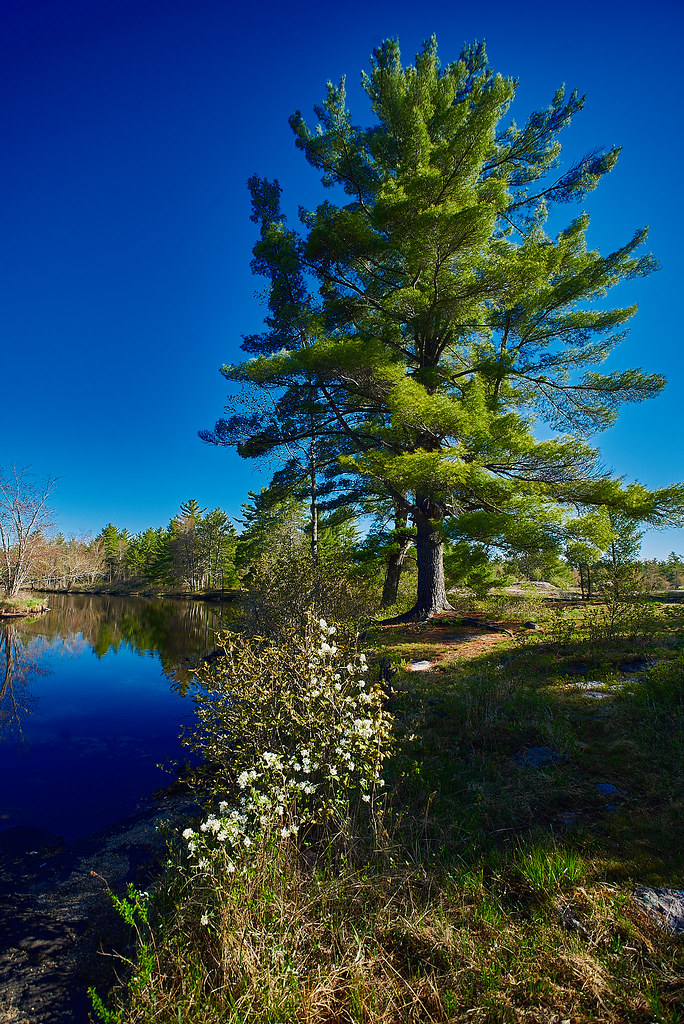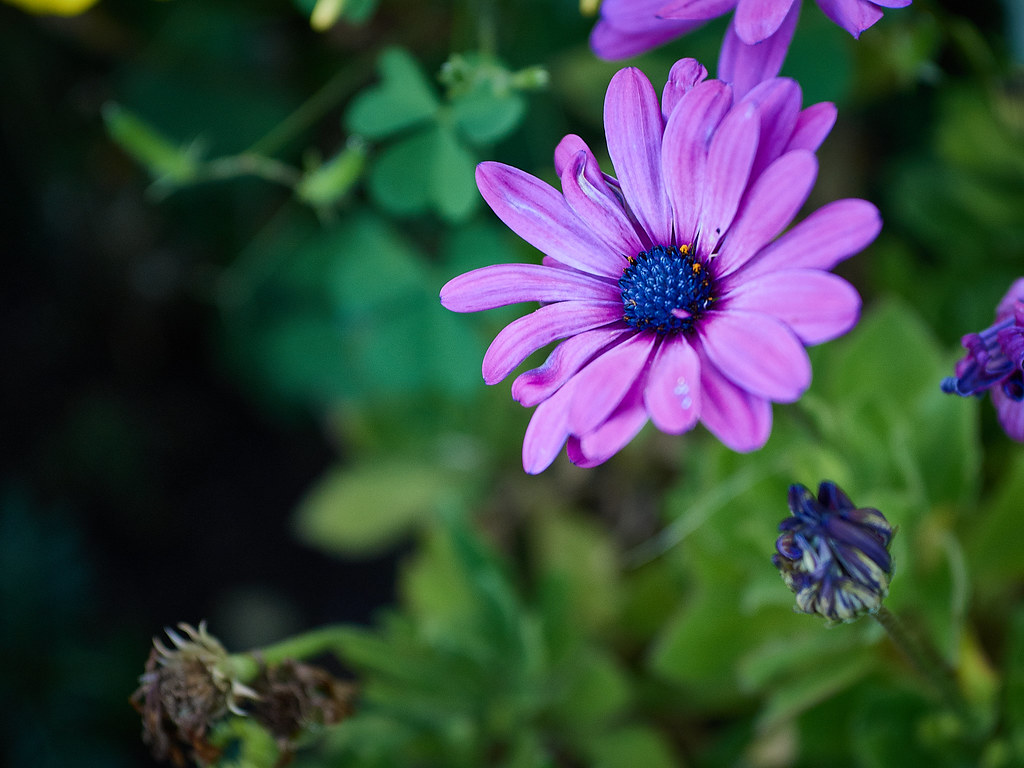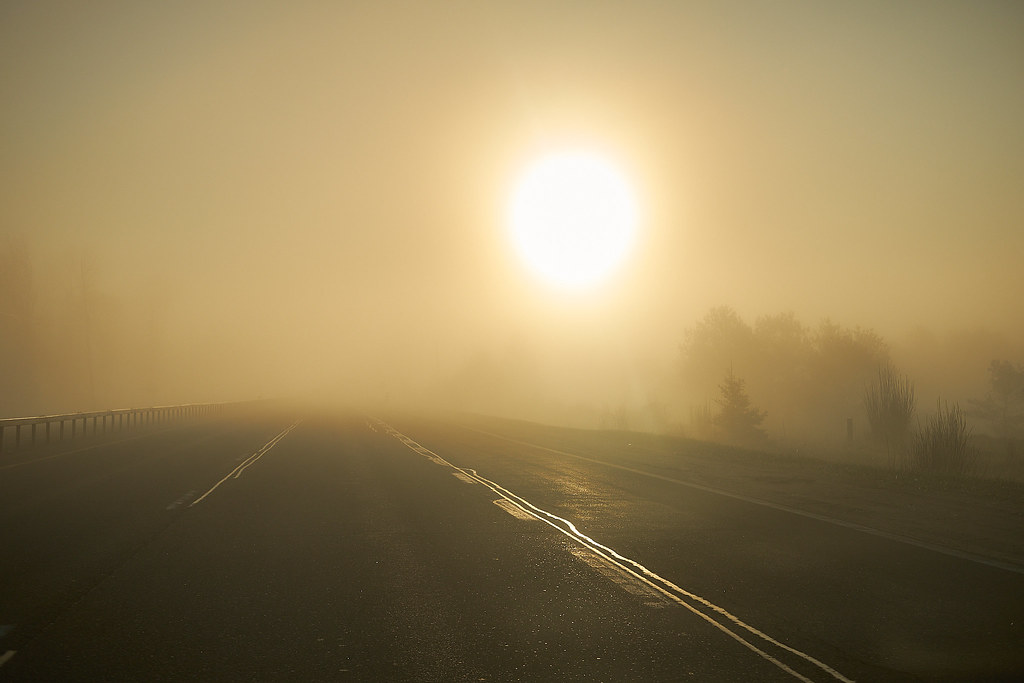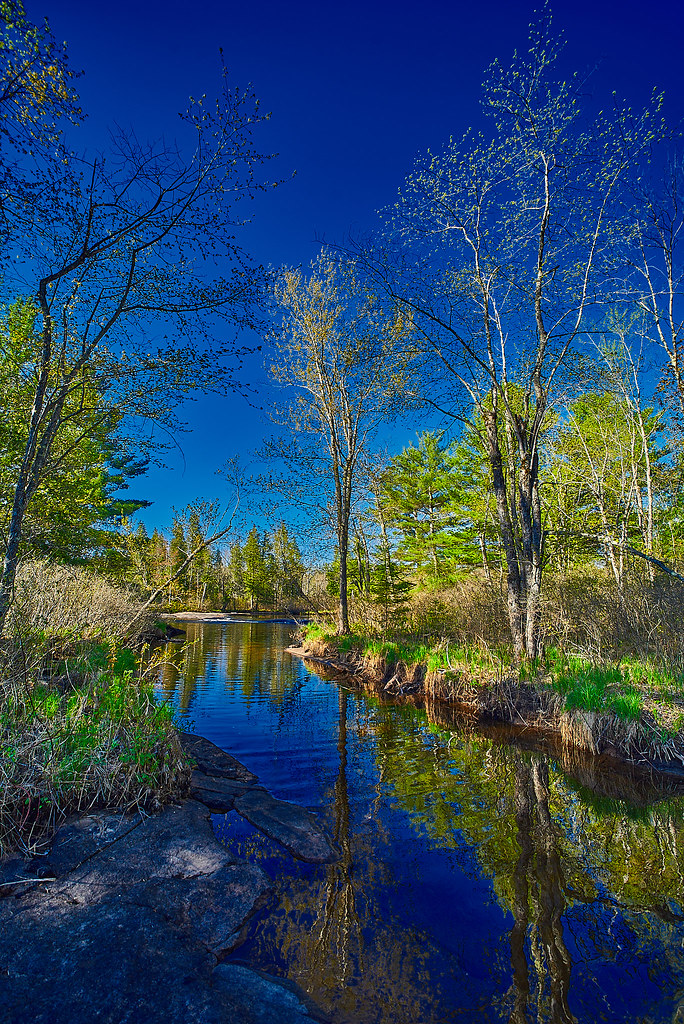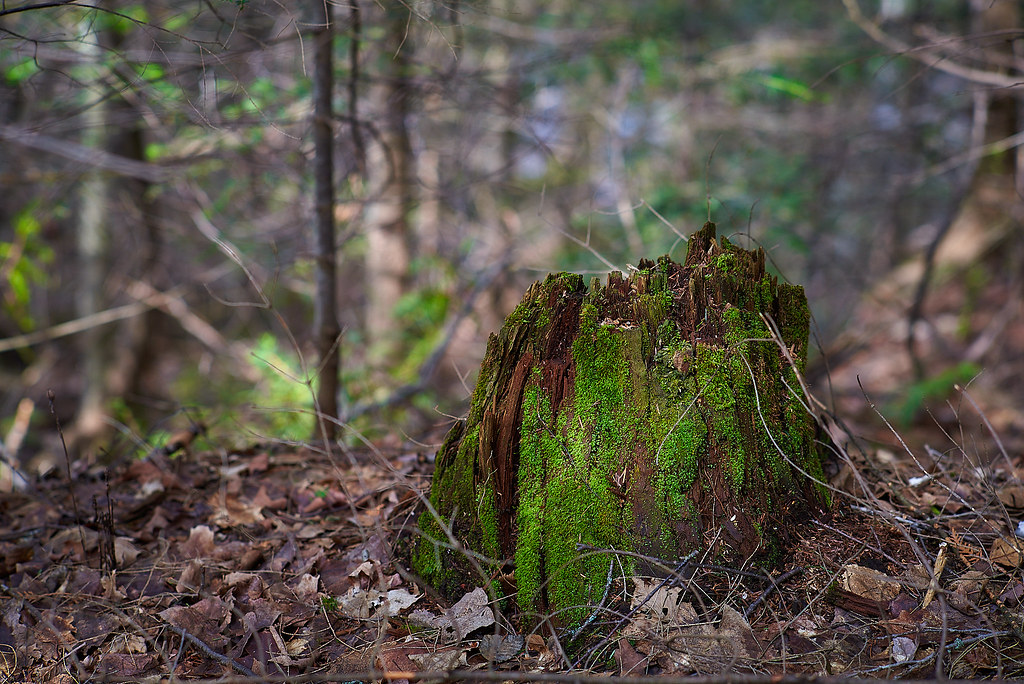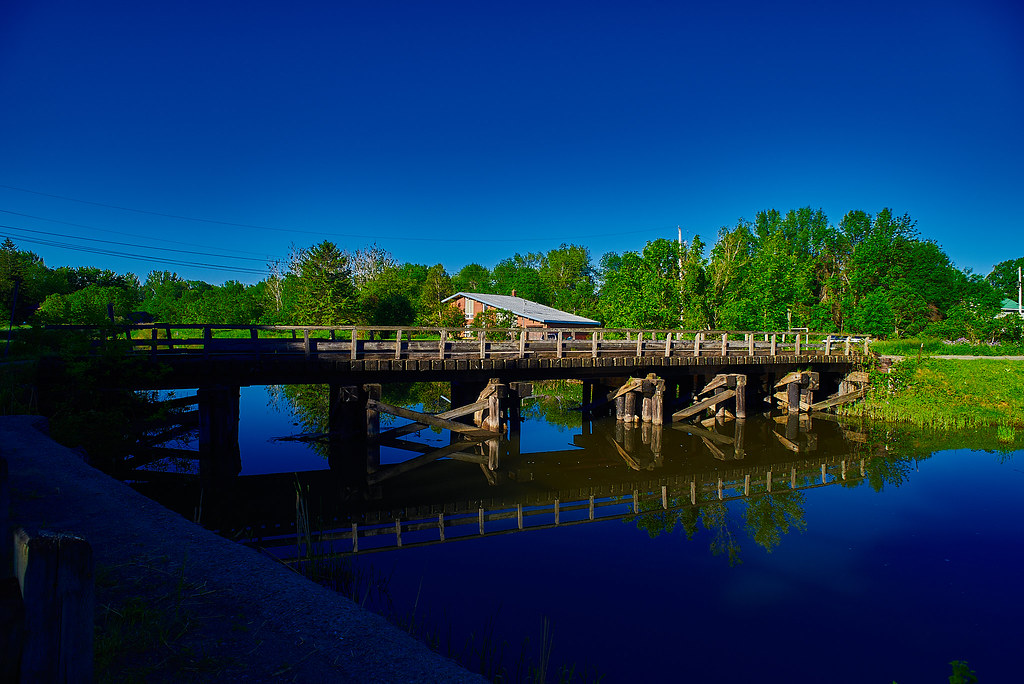
D750, Nikkor 20mm f2.8 AF
TL;DR version: No
The above image was taken with a 6 year old camera and a 26+ year old lens. The image speaks for itself.
The reality is that pretty much any DSLR introduced in the last 10 years or any Mirrorless body introduced in the last 7 years is perfectly capable of handling most photography with results that are more than good enough for all but the most demanding High ISO or Speed results.
If there's something you do and your camera is bad at it, then you have a good reason to upgrade. If I was a video guy, I wouldn't be using cameras mostly introduced in the 2013-2014 timeframe. Big DSLR's suck at light carry, all but the latest mirrorless kind of suck at fast action. Small sensors don't do high resolution or big DR well unless you exposure stack, big sensors have diffraction issues when shooting scenes with large DoF and need focus stacking for the best IQ.
So figure out what you need to do the photography you enjoy, and if your current gear doesn't match it, then figure out your budget. Only then should you look at a new camera, and quite frankly, you probably need to buy lenses or accessories, not a body.
This is why camera sales are in the toilet. We hit good enough 6-10 years ago and unless you're a video guy there just really isn't much need for a new camera unless the old one is worn out.
Now personally, I've bounced around a lot for a few reasons.
TL;DR version: No
The above image was taken with a 6 year old camera and a 26+ year old lens. The image speaks for itself.
The reality is that pretty much any DSLR introduced in the last 10 years or any Mirrorless body introduced in the last 7 years is perfectly capable of handling most photography with results that are more than good enough for all but the most demanding High ISO or Speed results.
If there's something you do and your camera is bad at it, then you have a good reason to upgrade. If I was a video guy, I wouldn't be using cameras mostly introduced in the 2013-2014 timeframe. Big DSLR's suck at light carry, all but the latest mirrorless kind of suck at fast action. Small sensors don't do high resolution or big DR well unless you exposure stack, big sensors have diffraction issues when shooting scenes with large DoF and need focus stacking for the best IQ.
So figure out what you need to do the photography you enjoy, and if your current gear doesn't match it, then figure out your budget. Only then should you look at a new camera, and quite frankly, you probably need to buy lenses or accessories, not a body.
This is why camera sales are in the toilet. We hit good enough 6-10 years ago and unless you're a video guy there just really isn't much need for a new camera unless the old one is worn out.
Now personally, I've bounced around a lot for a few reasons.
1. I like smaller & lighter cameras. The X-T1 and E-M1 are pretty much the ideal size & weight for me.
2. I like lots of DR in my RAW files. APS-C is the sweet spot for IQ for me though as I'm less picky on high ISO and resolution. (I'm much less picky about pixel count and high ISO than DR. 24MP is all I actually need, 36MP is overkill, 40+MP is just wasted card space)
3. I need a really good manual focus experience. Ergonomics are a big thing for me in general.
4. I'm on a budget, and even though it's reasonably spacious overall, I'm too cheap to spend large sums in one go.
2. I like lots of DR in my RAW files. APS-C is the sweet spot for IQ for me though as I'm less picky on high ISO and resolution. (I'm much less picky about pixel count and high ISO than DR. 24MP is all I actually need, 36MP is overkill, 40+MP is just wasted card space)
3. I need a really good manual focus experience. Ergonomics are a big thing for me in general.
4. I'm on a budget, and even though it's reasonably spacious overall, I'm too cheap to spend large sums in one go.
5. I like lens lines with consistent rendering. Consistent colour in particular. (Sony's APS-C line is particularly bad for this)
If money wasn't an object, I'd probably just shoot a Z7 or A7RIV and let that be that. As it is I haven't found the right mix of gear yet, although I continue to look.
Items 1 & 2 are the main conflicts for me. I've yet to find a system that has both a really workable high-DR body and a really workable small compact body for me. The kicker has been my love for old manual focus glass. I'm trying to transition that to modern manual focus glass, which really would aid me in settling on a single system
If money wasn't an object, I'd probably just shoot a Z7 or A7RIV and let that be that. As it is I haven't found the right mix of gear yet, although I continue to look.
Items 1 & 2 are the main conflicts for me. I've yet to find a system that has both a really workable high-DR body and a really workable small compact body for me. The kicker has been my love for old manual focus glass. I'm trying to transition that to modern manual focus glass, which really would aid me in settling on a single system
